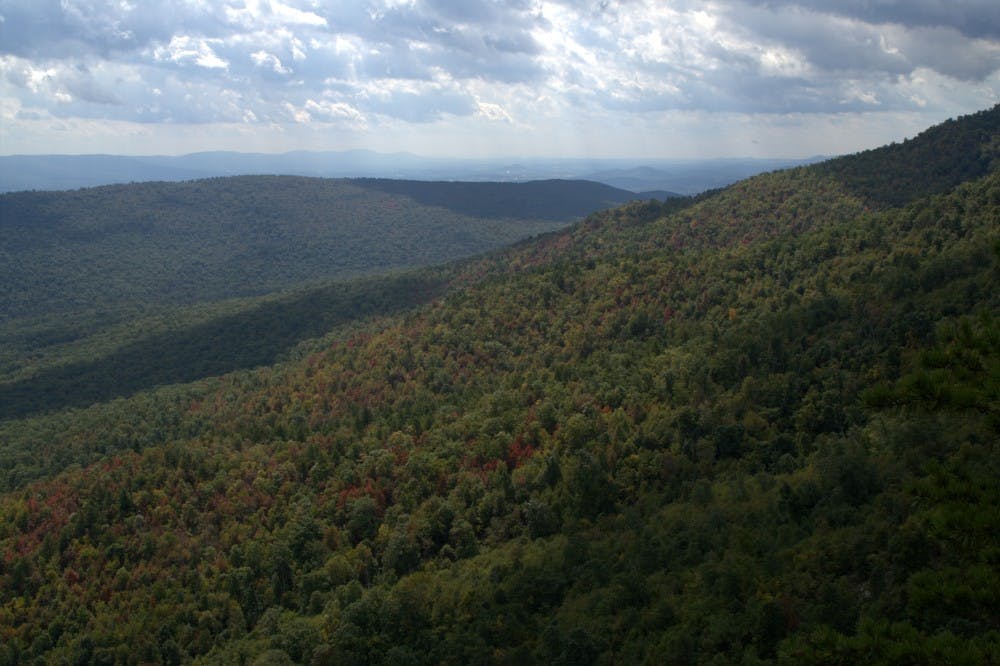The George Washington National Forest recently released its Draft Forest Land and Resource Management Plan, which would allow for fracking on 177,000 acres of the forest under lease and other land currently owned by private parties. The forest encompases a total 1.1 million acres of forest land.
Hydraulic fracturing, or fracking, is a process for obtaining oil and natural gas in which fluid mixture is injected at high pressures deep into rock formations to fracture them so that oil or gas can be extracted from the rock. Fracking has become a controversial practice due to concerns about its potentially negative environmental impacts.
Planning Staff Officer Ken Landgraf said in the initial draft of the plan there was a prohibition on all fracking. The forest service received many complaints regarding this proposal, Landgraf said.
“The complaints came from people who didn’t think we needed a ban on horizontal drilling, but simply limits and restrictions,” Landgraf said. “We felt that we could do drilling on the forest and do it safely, so we allowed for it in the plan, but we haven’t had any interest in drilling in over the last 21 years.”
Landgraf said there will probably be little impact on the forest due to its position on the Marcellus Formation, a unit of shale rock found throughout much of the Appalachian basin which is known to be a source of conventional oil and gas reservoirs.
“We are at the far end of the Marcellus Formation, so whether it even has enough oil to be profitable is questionable, I don’t think there will be any impact,” Landgraf said. “It is only on a small portion of the forests.”
But Landgraf said the fracking could potentially impact the water supply of the forest in two different ways.
“First, it takes millions and millions of gallons of water to perform the operation, so the concern is that it will take too much water,” Landgraf said. “We are looking at requiring that any water will have to come from off the forest that will minimize the impact on forest streams. The other concern is the contamination of water in the forest and we are also looking into protections to prevent that.”
Contamination of water in the forest could impact citizens throughout Virginia, as a significant volume of drinking water comes from the forest.
William Shobe, director of the Center for Economic and Policy Studies and professor of public policy, said though the fracking will most likely not have much of an impact this decision is symbolic.
“In a large part of the area private parties already own mineral leases that they have an implied right to get to,” Shobe said. “Those landowners kept the mineral rights and sold only the surface rights, so the forest service would have to compensate them for the mineral rights.”
The initial drilling, which takes about a month, Landgraf said, will be very evident to forest visitors.
“It is a pretty noisy operation so it would be evident; but after the initial drilling is done, it is not so noticeable,” Landgraf said.
But Shobe said the door is now open for similar activity in the future.
“It was very unlikely that the forest service would be able to maintain a complete ban on any extraction of oil and gas,” Shobe said. “National forests have long been used for multiple purposes, so for the forest service to say ‘you can’t do anything’ might have resulted in legislation, so instead they came up with a compromise that was good for everyone.”
Shobe said he didn't think the forest service had much choice in the decision.
“They struck a balance in favor of protecting the forest,” Shobe said. “If they had stuck with a complete ban there is a good chance it would have been overturned. This was a thoughtful decision by the forest service and it’s important to keep in mind that a lot of the forest has been put off limits.”







